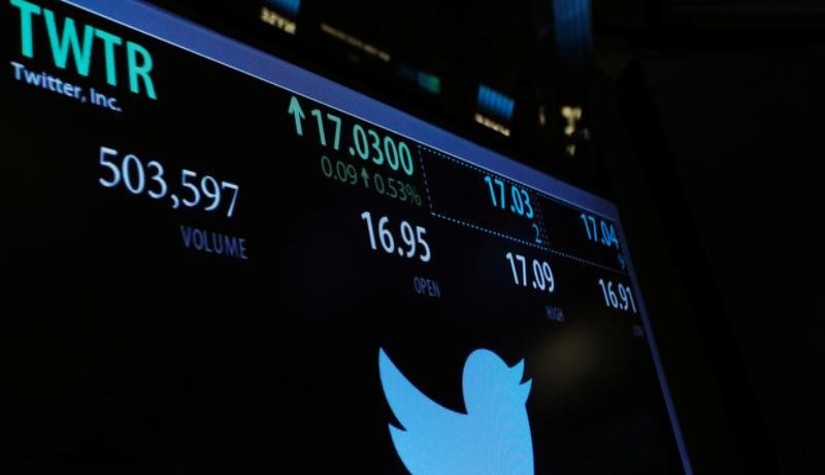China's Market Struggles While Japan Eyes Stability
China's stock market is experiencing an unprecedented third consecutive year of losses, with the CSI 300 Index dropping 14 percent in the current year. This follows a 22 percent decline in 2022 and a 5.2 percent decrease in 2021. The prolonged losing streak is attributed to a range of issues, including a faltering growth outlook, setbacks in the reopening trade, and significant foreign outflows. Global fund managers have been disappointed by Beijing's measures to stabilize growth, leading to record outflows of 29.1 billion yuan in December alone.
Despite various government interventions, the CSI 300 struggles, with six out of ten industry groups expected to post annual losses. However, the Beijing Stock Exchange, a newer player in the market, has seen a 4.3 percent gain this year due to policy support for its expansion.
Investment banks anticipate a potential turnaround in China's stock market in 2024. UBS predicts a 15 percent gain in the MSCI China Index, driven by factors such as cheap valuations, low investor positioning, policy support, and improved corporate earnings. Morgan Stanley and Goldman Sachs also foresee positive gains in different indices, emphasizing the potential for a market rebound.
China's top planning body has announced a second round of public investment projects, including initiatives focused on flood control and disaster relief. This move is part of a broader bond issuance and investment plan unveiled in October to stimulate the economy. As China, the world's second-largest economy, grapples with challenges such as subdued consumer demand, weak exports, declining foreign investment, and a deepening real estate crisis, the government plans to inject 1 trillion yuan through additional bond issuance. This injection is expected to increase China's 2023 budget deficit ratio to around 3.8 percent.
Turning to India, the Indian government dismissed the International Monetary Fund's (IMF) warning that the country's debt-to-GDP ratio might reach 100%, labeling it a worst-case scenario rather than an assured outcome. The IMF's Article IV Consultation review suggested that under adverse conditions, a 100% ratio could be reached by fiscal 2028. India's finance ministry clarified that this is a worst-case projection, and the debt ratio could drop below 70% under favorable circumstances, down from 81% in 2022/23.
In Japan, core inflation slowed sharply in November, indicating easing cost-push pressures and potentially delaying the exit from ultra-loose monetary policy by the Bank of Japan. Industrial output likely contracted in November due to sluggish demand and a slowdown in the overseas economy. Japan's finance minister expressed the need to contain runaway debt, unveiling an annual budget that includes a higher interest rate estimate for the first time in 17 years.
The Japanese government's push for reforms in the country's $5 trillion asset management industry has prompted top banking groups to enhance their asset management business. The goal is to double assets under management to 200 trillion yen by March 2030, aligning with Japan's policy to encourage households to shift savings into investments. The government sees the asset management industry as crucial to mobilizing dormant household savings and is pushing for reforms despite concerns about the industry being under-resourced.
As a result, Japan's stock market may find support amid negative policy interest rates and the Bank of Japan's accommodative stance, giving rise to expectations of limited fluctuations within the upper range—both upward and downward.
Data for Technical Analysis (5H) CFD Nikkei 225 Futures - Mar 24
Resistance : 33353.6, 33405, 33488.3
Support : 33187.0, 33135.6, 33052.3
5H Outlook
Source: Investing.com
Buy/Long 1 If the support at the price range 33064.0 - 33187.0 is touched, but the support at 33187.0 cannot be broken, the TP may be set around 33405.6 and the SL around 33002.5, or up to the risk appetite.
Buy/Long 2 If the resistance can be broken at the price range of 33353.6 – 33476.6, TP may be set around 33505.0 and SL around 33125.5, or up to the risk appetite.
Sell/Short 1 If the resistance at the price range 33353.6 – 33476.6 is touched, but the resistance 33353.6 cannot be broken, the TP may be set around 33187.0 and the SL around 33538.0, or up to the risk appetite.
Sell/Short 2 If the support can be broken at the price range of 33064.0 - 33187.0, TP may be set around 33000.0 and SL around 33415.0, or up to the risk appetite.
Pivot Points Dec 25, 2023 02:42AM GMT
|
Name
|
S3
|
S2
|
S1
|
Pivot Points
|
R1
|
R2
|
R3
|
|---|---|---|---|---|---|---|---|
| Classic | 32969.6 | 33052.3 | 33187.6 | 33270.3 | 33405.6 | 33488.3 | 33623.6 |
| Fibonacci | 33052.3 | 33135.6 | 33187 | 33270.3 | 33353.6 | 33405 | 33488.3 |
| Camarilla | 33263.1 | 33283 | 33303 | 33270.3 | 33343 | 33363 | 33382.9 |
| Woodie's | 32996 | 33065.5 | 33214 | 33283.5 | 33432 | 33501.5 | 33650 |
| DeMark's | - | - | 33229 | 33291 | 33447 | - | - |
Sources: Investing 1, Investing 2, The Star
Maximize your knowledge: Blog
















